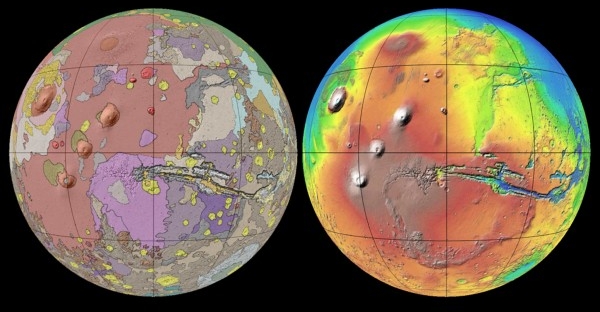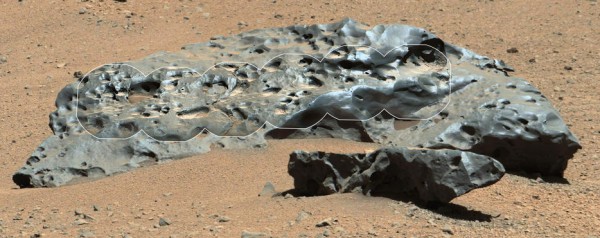The competition heats up? NASA is considering a different commercial approach for providing communications to and from its Mars probes.
The purpose of NASA’s request for information, or RFI, released July 23 “is to explore new business models for how NASA might sustain Mars relay infrastructure, consisting of orbiters capable of providing standardized telecommunication services for rovers and landers on the Martian surface, in the Martian atmosphere, or in Mars orbit,” according to a posting on the Federal Business Opportunities website.
According to the post, NASA will use information it receives from respondents to inform its future Mars exploration strategies, but the agency has not decided to pursue a commercial interplanetary telecom initiative. “We are looking to broaden participation in the exploration of Mars to include new models for government and commercial partnerships,” said John Grunsfeld, associate administrator of NASA’s science mission directorate, in a statement. “Depending on the outcome, the new model could be a vital component in future science missions and the path for humans to Mars.” [emphasis mine]
It is important to highlight the fact that NASA has not yet made a decision on this issue. The best thing the agency could do, in my opinion, would be to step back, design nothing, but let private companies bid on providing the service. The expertise at many of the private satellite companies providing communications efficiently and inexpensively to private customers worldwide would easily provide NASA better communications at Mars for less money.
In other words, like manned flight and cargo delivery to ISS, NASA should simply become a customer, and let private companies build and own the products that NASA buys.


